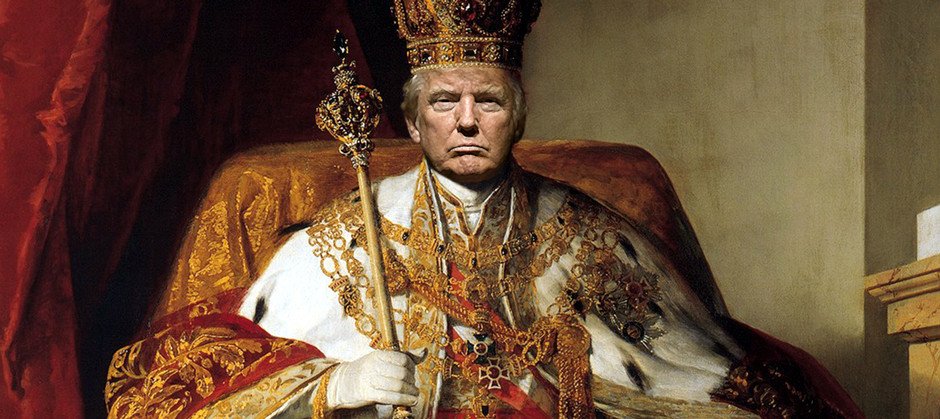Most Holy Roman Emperors were elected by a group of nobles known as the Electors. They had to have the support of the Pope and the approval of the Holy Roman Empire’s ruling classes. Once elected, they were expected to lead the empire’s armies in wars and maintain the political stability of the empire. They also had to be a patron of the arts and culture, encouraging the development of architecture, literature, music, and other forms of art.
One of the most famous Holy Roman Emperors was Charlemagne (742-814), who ruled from 768 to 814. He was known for his military conquests, which expanded the empire to include much of Western Europe. Charlemagne was also a patron of the arts and education, and he established a system of schools throughout the empire. He was crowned Holy Roman Emperor by Pope Leo III in 800, and he is often considered to be the first emperor of the Holy Roman Empire.
Another notable Holy Roman Emperor was Frederick I (1122-1190), also known as Barbarossa. He ruled from 1155 to 1190 and was known for his military campaigns and his role in the Third Crusade. He was also known for his reforms to the empire, including the creation of a centralized government and the establishment of a legal code.
The reign of the Holy Roman Emperor was not always smooth. There were often political struggles between the emperor and the electors, as well as religious controversies, such as the Investiture Controversy, which resulted in a power struggle between the Pope and the emperor. Despite these challenges, the Holy Roman Empire lasted for over a thousand years and had a significant impact on European history.
Responsibilities of Holy Roman Emperor
One of the main responsibilities of the Holy Roman Emperor was to maintain the unity and stability of the empire. This involved ensuring that the various territories and vassal states within the empire were governed effectively and were not in conflict with each other. The emperor was also expected to deal with rebellions, uprisings, and invasions by outside forces.
Another important responsibility of the Holy Roman Emperor was to defend the empire and its citizens. This meant leading military campaigns and providing protection against external threats. The emperor was also responsible for maintaining the standing army, as well as building and fortifying castles, walls, and other defensive structures.
In addition to military and political responsibilities, the Holy Roman Emperor was also a religious figure. He was expected to promote and support the Catholic Church, and was often seen as a symbol of the unity of Christendom. The emperor was expected to support the work of the pope, and to enforce the laws and teachings of the Church throughout the empire.
The Net Worth of Holy Roman Emperor
The net worth of the Holy Roman Empire and its rulers was significant, but it was not publicly available. The empire was wealthy, but the wealth was not evenly distributed among its subjects. The Holy Roman Emperor was a powerful and influential ruler, and his wealth and power were critical to the success of the empire.
Wrapping Up
In conclusion, the life of a Holy Roman Emperor was marked by political and military struggles, religious controversies, and cultural achievements. The position was one of the most powerful and influential in Europe during the Middle Ages, and its rulers had a significant impact on the development of European culture and history.



